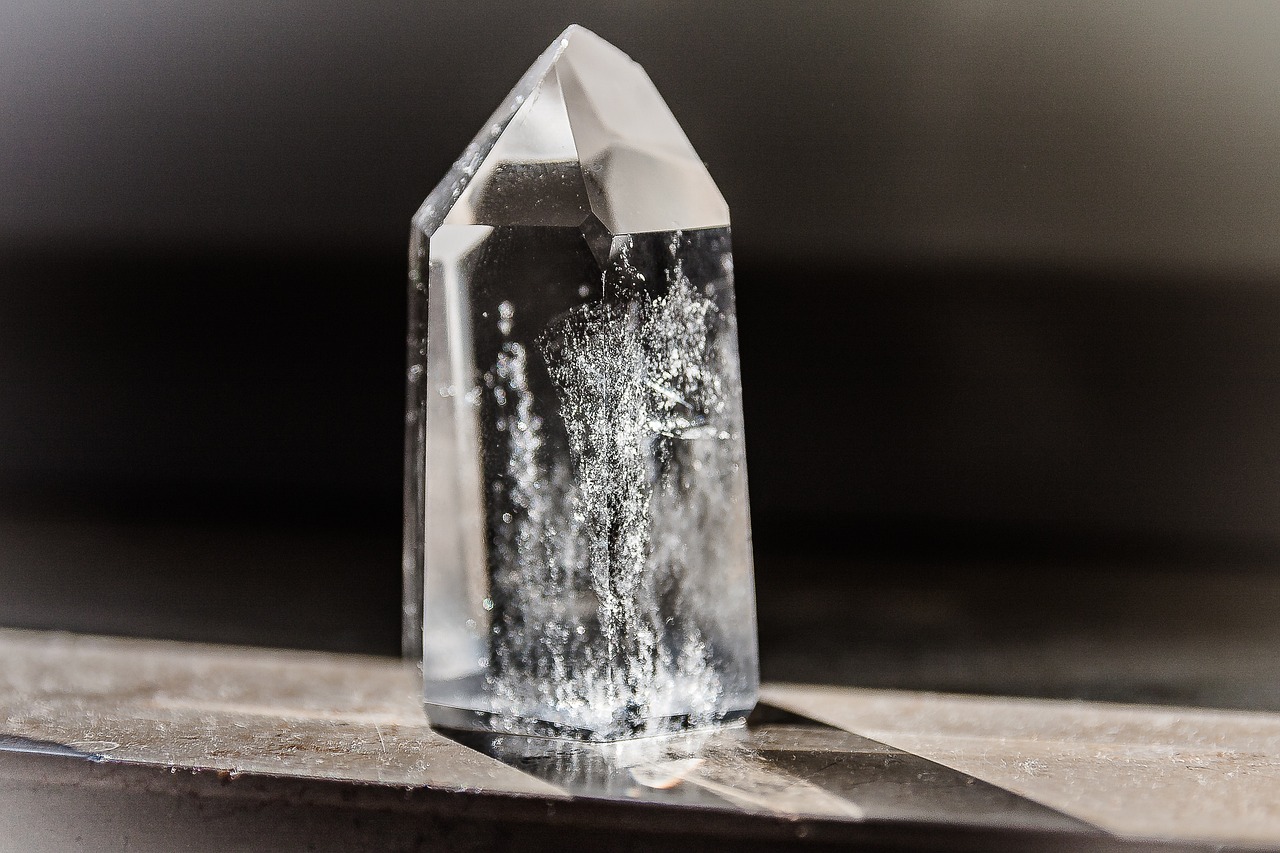Understanding Eir: The Goddess of Healing
Eir, whose name translates to “Help” or “Mercy,” holds an esteemed position in Norse mythology. She serves as one of Frigg’s handmaids and is also recognized as a Valkyrie in her own right, alongside other notable figures such as Óðin. Her presence is documented in various ancient texts, including the Prose Edda, the Poetic Edda, and Svipdagsmal, as well as skaldic poetry and runic carvings. Eir’s primary role encompasses overseeing childbirth and offering healing.
As a Valkyrie, Eir differentiates herself from her battle-sisters by selecting individuals who are destined to survive and recover from battles. In this capacity as a harbinger of life and death, she invokes comparisons to the Norns, despite Snorri Sturluson not specifically categorizing her as one of the Asunjar, the major goddesses of the Æsir. Nevertheless, he acknowledges her significance within the pantheon.
Eir’s name is often considered a synonym for “woman” or “women,” which reveals an interesting perspective regarding the feminine influence in the realm of healing during early Heathen practices. According to folk traditions, rituals for healing would often invoke Eir, utilizing a white flower known as Eirflower in these sacred events. She also carries an association with copper, which played a crucial role in many medicinal ceremonies of the time.
In the Poetic Edda, Eir is depicted as the companion of Menglöð, a gentle jötunn. Together, they are called upon in healing scenarios. There is speculation that Menglöð might represent an aspect of either Frigg or Eir herself, or even stand as a separate jötnar goddess of healing.
The landscapes of Eir’s mythos include a revered hill known as Lyfjaberg, which is believed to be a gathering place for various healing entities. It is within this locale that Eir attends to Menglöð or other benevolent jötnar summoned for restorative purposes. Notably, Eir is said to oversee the castle of Menglöð, situated on this sacred mountain. The lore recounts that yearly blóts, or sacrificial offerings, were performed on Lyfjaberg to ward off illnesses and diseases for the coming year.
In skaldic poetry, Eir’s character aligns with another of Frigg’s handmaidens, Vár, the goddess associated with marriage and laws benefiting women and families.
Reflections on Eir
Eir is often regarded as part of the Asujnur, the prominent goddesses of the Æsir. Her dual role serving both Frigg and Óðin, combined with her healing influence, reaffirms her veneration among contemporary Heathens. While several deities may be invoked for aid in healing, Eir stands out as the foremost healer in Northern traditions.
Historically, prior to the emergence of male-centric medical institutions in Europe, the care for health within Norse and Germanic cultures primarily fell to women. Even though male healers are recorded in the Sagas, healing was predominantly seen as women’s work during the pagan era, whereas males often assumed supportive roles.
Traditional healing practices among early Heathens involved various methods, including prayers, spellwork, advanced midwifery, surgical techniques, herbal remedies, domestic cures, and therapeutic approaches utilizing copper bracelets and saunas.
Eir is frequently likened to the Greek goddess Hygieia, suggesting a broader cultural connection. She may also relate to the Indo-European goddess Erecura, who shares affinities with the Celtic figure Aerucura.
Symbols and Associations
Eir is symbolically linked with various healing tools, including mortars and pestles, healing herbs, bandages, saunas, copper, and the color red, as well as idyllic hilltops where healing rites would occur.
Other Names
Eir is known by several alternative names including Iaer, Aer, Eira, Eria, Eyra, and Eil.



